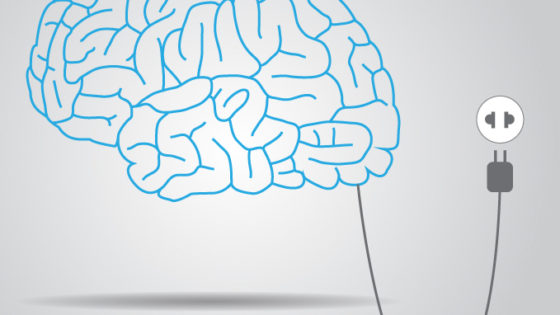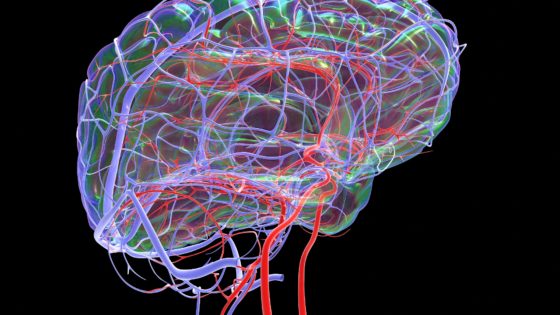Serotonin | A True Vitality Hack

Serotonin is the “happy hormone” which also makes us more awake. Surprisingly, 80% of our serotonin is stored in the gut. It has many functions in the human body, from regulating our bowel movements to helping wounds to heal, and it is crucial to energy and vitality and plays an important role in our mood.
Serotonin is behind the butterflies we feel in our stomach. We might get them by riding a scary roller coaster, before making a big purchase, while making an important decision, or on a first date. Flutters in your stomach come from anxiety, excitement, and the thrill that rises from anticipation. That is why butterflies fade after you reach the correct floor, finish an order, reach a resolution, or when a relationship becomes a choice.
These “butterfly” sensations originate in a network of 100 million neurons lining our stomach and gut, known as our second brain. The size of this mass of neurons is the same amount as all the neurons in a hamster. The brain has too many important things to worry about and delegates digestion to this enteric nervous system. This makes the stomach the only organ able to make decisions without needing the brain. As such, these cells do much more than take care of breaking down food, absorbing nutrients, and expelling waste. They have connections with our brain and play a role in determining our mental state.
Emotions in our brain can trigger a primitive response that causes our stomach to contract. Our brain may feel anxious and it messages this to our gut. At the same time, it triggers the fight-or-flight response by releasing adrenaline, causing our heart rate to rise and sending more blood to our muscles. This means the stomach receives less blood. The second brain doesn’t like this and protests to the brain by contracting and making us feel the “flutter” sensation. These contractions are commonly called “butterflies” and have the power to influence our decisions.
The most interesting fact about this second brain is that it hosts 95% of the body’s serotonin. As explained above, serotonin is a neurotransmitter responsible for regulating mood, anxiety, and happiness. This makes our gut a big influencer of our emotions. That is why there is such a huge connection between emotional well-being and gastrointestinal health. The butterflies in your stomach are in part due to the changing levels of serotonin. It is only when these flutters disappear that your serotonin levels return to normal and you feel happier, calmer, more focused, emotionally stable and less anxious. Returning to the brain: more serotonin in the brain means a happier mood but, unfortunately, eating more serotonin does not increase the amount of it in our brain. Serotonin cannot cross the BBB but its precursor, L-tryptophan, an amino acid we associate with sleep, can. Interestingly, most dietary-ingested tryptophan, from bananas, turkey, and other sources, doesn’t cross the BBB either.
Amino acids need protein transports to take them over the BBB in the same way that a car needs a ferry to take it across a large body of water. Unfortunately, tryptophan is the least abundant of the amino acids in protein-rich foods, so there is simply too much competition to increase serotonin by dietary means alone. It’s not to say, though, that diet has no impact, it certainly does. When we eat carbohydrates, insulin is released, which triggers two things. First, it helps blood sugar to enter cells, and secondly, it facilitates the release of L-tryptophan, which enters the brain to be converted to serotonin. A low-carb diet will affect this.
Serotonin has another role to play in the brain: it inhibits dopamine, a neurotransmitter that increases our hunger. Serotonin is also the precursor to melatonin, which helps us to fall asleep each evening.
Serotonin deficiency has also been highly linked to depression. This, too, is very significant. If we remove clinical depression, the very obvious state of despair and deep sadness that’s relatively easy to spot, we have other, more subtle and milder types of depression too, such as mild depression and dysthymia, which is more prevalent in women than men. Many can go a lifetime and not know that they have mild depression.
A study of nearly 5000 people in the U.S. concluded that over 20% of those surveyed displayed depressive symptoms, mainly just mildly depressive. Even amongst the ones who exhibited severe symptoms, only 38% of those sufferers were getting help. Without getting into the reasons for depression, which would be a book all its own, the fact remains that depressed people often lack serotonin in the brain, especially the amygdala.
The usual treatment for depression involves medication called selective serotonin re-uptake inhibitors (SSRIs) which inhibit serotonin from being reabsorbed by neurons. We are certainly not suggesting that SSRIs are a hack for more energy, merely that low serotonin and a “feeling low” mood go hand-in-hand; so maintaining a healthy amount of brain serotonin is a hack for higher vitality. Nonetheless, there are ways to boost serotonin that are safe, natural, and actually work.
Two of the best ways to boost levels of serotonin, in addition to ingesting more L-tryptophan, are exercise and sunlight exposure. As you will read later in the book, there are specific types of exercise which outperform others in studies to increase key neurotransmitters responsible for energy and vitality in addition to serotonin
Another way to naturally boost serotonin is to activate the specific neurons with a serotonin action. It’s one thing to have more of a neurotransmitter in the brain, it’s another to actually use it in the same way that we can have more glucose in our bodies, but without exercise, we won’t get the benefits. The best way to activate the neurons with a serotonin action is by simply recalling a pleasant memory. That “feel-good factor” is massive for energy and vitality and is bought on by the activation of the specific neurons which have a serotonin action. As you will read in the section on motivation, there are other ways to induce this response which you can build into your day but for now, simply sit back and recall a really pleasant vacation or special moment, one that you can recall whenever you need a boost in serotonin.
These are all excellent ways to move from the bottom end of the U-shaped curve to the productive middle zone. Serotonin can be a great “low mood” booster and is a true vitality hack.
______________________________________________________________




